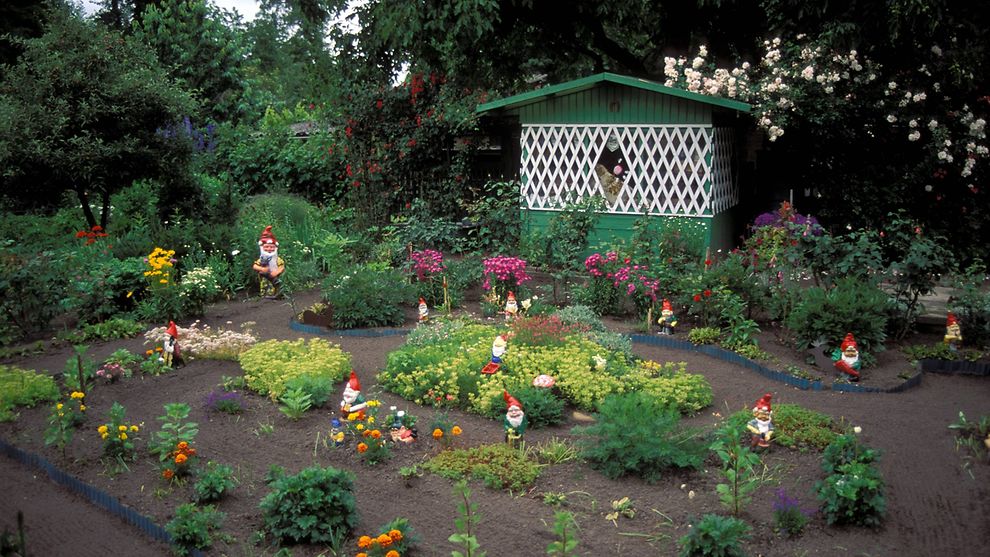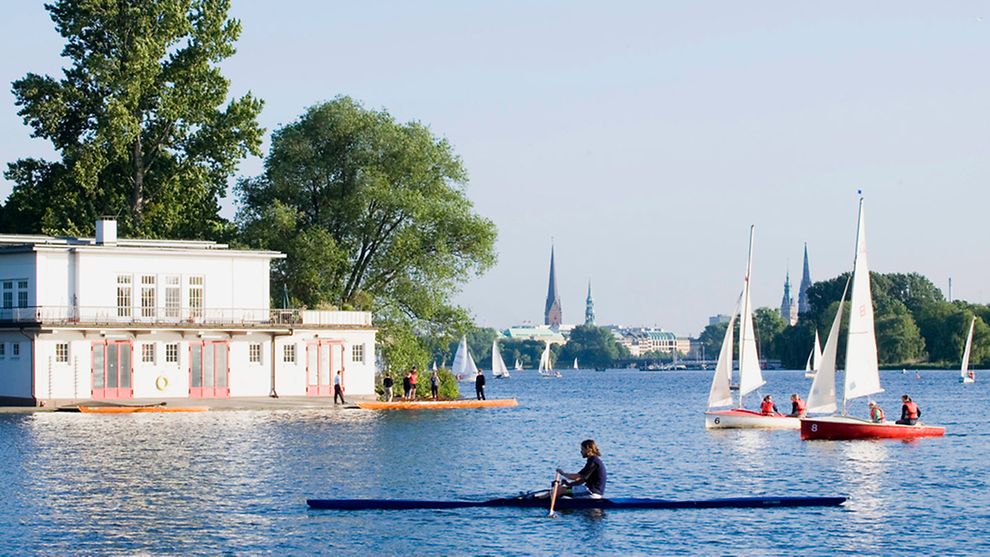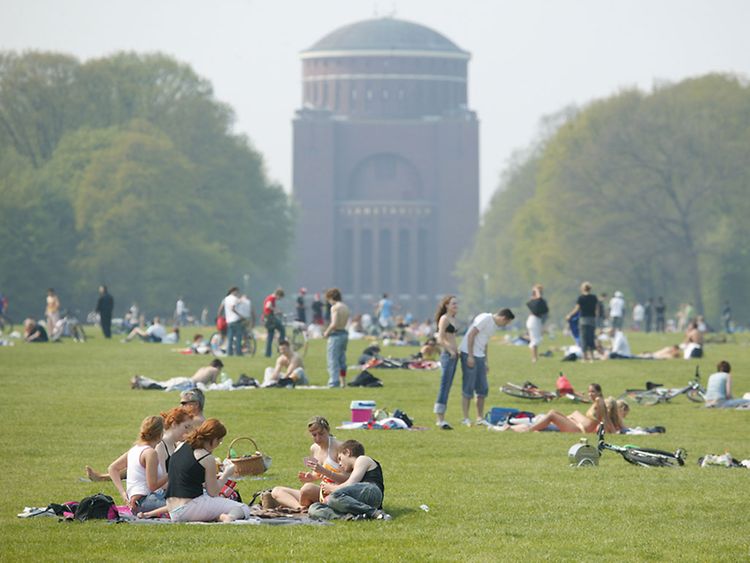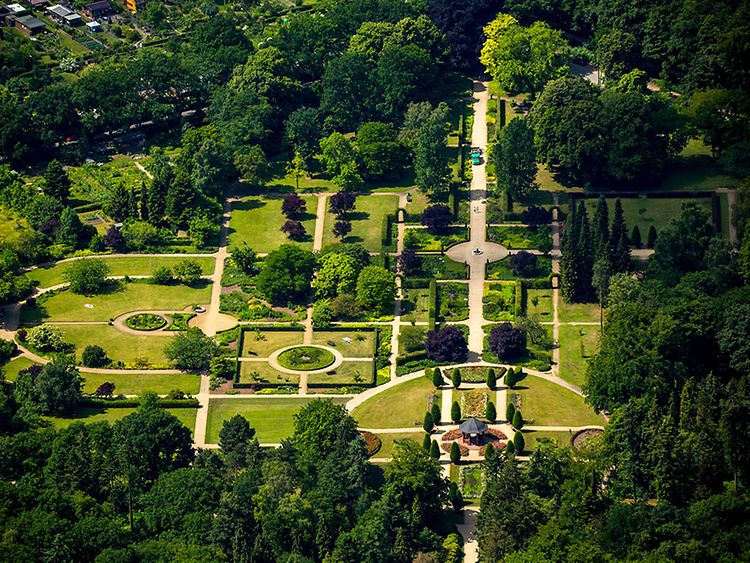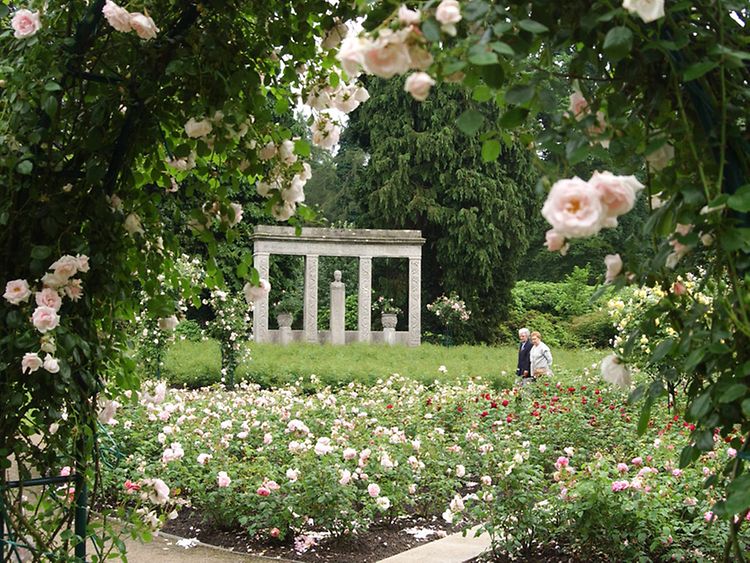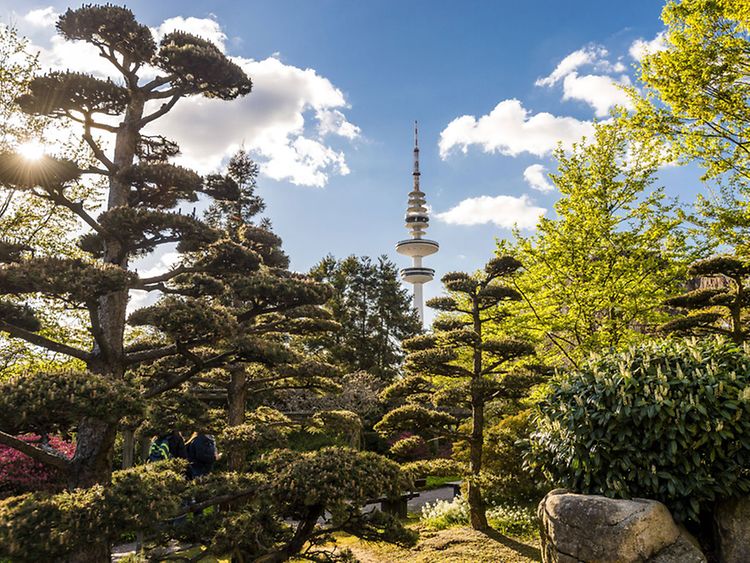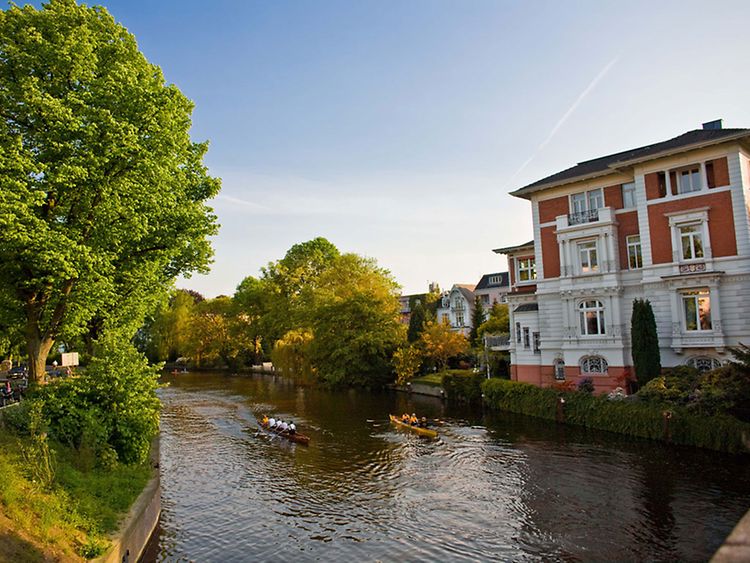As German as bratwurst and potato salad, Kleingärten (lit. 'small gardens') are more than allotment gardens for the retired and the elderly to sunbathe in. People of all ages and from all social backgrounds use them as a home away from home where they can spend some quality time closer to nature, socialise with neighbours or grow their own food. Urban allotments are currently experiencing a renaissance offering a desirable private space outdoors - something greatly coveted in urban Hamburg.
A Seminal Element of German (Horti-)Culture
With roots in the early 19th century, these gardens started providing food for the poor in the Schleswig and Kiel areas over a hundred years ago. Allotments in the cities soon became a popular recreational pastime thanks to one Leipzig physician, Dr. Schreber – hence the nickname ‘Schrebergarten’. Ever since, Kleingärten have become a substantial part of German culture and urban planning, as they create green spaces in otherwise densely populated and built-up areas.
Kleingärten are organised in settlements (or Kolonien, lit. 'colonies') comprising a manageable number of lots and administered by a society or club. All tenants of a garden plot must be active members of the allotment society (Kleingartenverein). There are a number of rules to stick to, such as the maximum height of the hedge surrounding your plot, but if you follow through, the sky’s the limit to your creative freedom. Many settlements also have a central club house with a playground and restaurant for refreshments and regular social activities.
Currently there are more than 33,000 allotment garden lots scattered across the city of Hamburg. Together they cover an area of more than 14 million square metres. If you long for a quiet time-out from busy city life, you can apply for an allotment at the Landesverband der Gartenfreunde Hamburg. Brush up a bit on your German and be prepared to queue in a waiting list, as urban Kleingärten – believe it or not – are growing in popularity.
Urban Spaces Improving Quality of Life
It’s well known in Germany that the locals love their urban allotments. These little gardens provide space for recreation and social interaction not far from urban dwellers’ homes, and are especially beloved by those who do not have a garden attached to their homes. But in stark contrast to the stereotype of the grumpy old geezer, Kleingärten have become important platforms for contact and interaction of people across all ages and socio-cultural backgrounds.
In fact, Hamburg’s average Kleingarten user is becoming younger and more diverse. Many urban families use allotments as a home away from home, a playground for children or as gardening plots for environmentally aware recreational farmers who also want to save a penny on home-grown organic fruit and vegetables.
But there are also Kleingärten that put the interaction between different groups of people in the spotlight. The Interkultureller Garten in Wilhelmsburg, for example, is a community gardening project that is targeted at Hamburg’s immigrant residents and highlights the sociocultural benefits of working and gardening together for international understanding.
In fact, you will see that most Kleingarten tenants are in fact very sociable. Just feel free to wave Hello and say ‘Moin’ to them on your next stroll through one of the many settlements in Hamburg.

